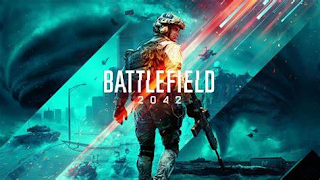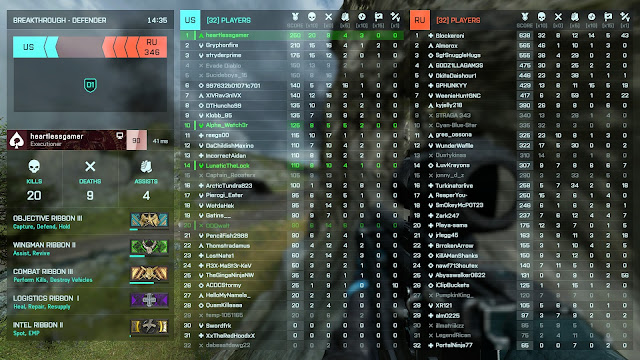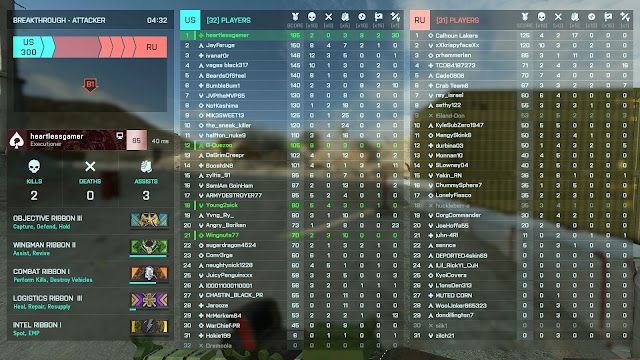 |
| Credit: ChatGPT generating an image to go with the blog post. |
It's been a tough work week and I've found myself juggling trying to play four different games: New World Aeternum, Dune Awakening, Battlefield 2042, and as of yesterday No Man's Sky. On top of that I've gotten back to keeping on top of updates for other games: NASCAR 25, ARC Raiders, Battlefield 6, Ashes of Creation and Star Citizen to name a few. And then my youngest son is starting into his first year of kid's activities of which I always volunteer. All of that to say things are busy and blogging is on the bottom of the stack. But it's Friday and I just have some thoughts to throw out there.
Magic the Gathering Arena
I tend to always catch various Magic the Gathering posts, specifically about Arena, on Reddit and get myself tangled up in the comments. I really do miss playing this game but the financial commitment was something I couldn't keep up with (and it's even worse now with the pace of sets being released). But I still miss it. I still want to log in and cook up a deck or two; maybe throw down in Brawl (Arena's version of commander). No action I am taking here; just sharing the thought out loud.
NASCAR
I've gotten myself into NASCAR again lately. I sort of take a pass at the sport once every five or so years. I grew up in the Earnhardt days and still to this day find his legacy and story fascinating (seriously; I watched the recent Earnhardt documentary multiple times now). The racing career of his son, Dale Earnhardt Jr, and now what Jr does to represent the sport is equally fascinating. I have also always dabbled in racing games; more of the Wreckfests of the genre than NASCAR games but there is a promising NASCAR 25 game coming out this year from the iRacing devs that seems promising. I am probably going all out for it with steering wheel and pedals.
ARC Raiders
Holy freaking heck do I want this game to be here already. That's all I wanted to share.
No Man's Sky
I will likely have more posts on this but it is shaping up very nice to be a filler game for me between now and ARC Raiders releasing. New World Aeternum is the loser here as time for that game is going to No Man's Sky for now. No Man's Sky is just scratching the right itch. It also helped that I felt like my $24 spent on the game was a direct donation to HelloGames work on Light No Fire which I can't wait for more information on!
Ashes of Creation
This game occupies way too much of my thought cycles. I want the game to be everything that I think it will be but also want it to dull the edge on the potential toxic aspects like always on PvP and the idea of "red" player killers. Just give us a good MMO and cut the toxic gameplay aspects. Players cannot freaking help themselves these days so it will never go the way that is expected.
New World Aeternum
The current loser in the game of "what will heartlessgamer play today". Still waiting for the big news of Season 10's changes but as that lines up close to when ARC Raiders will land it's hard to know where I am going to be with gaming time. Also Dune Awakening isn't letting up as my friends and I are still pulling some fun out of that game (even if it feels like pulling teeth most of the time... Drak and Moist would know what I mean... and Drak and Moist you know who you are and who I am and why I am saying this).



































